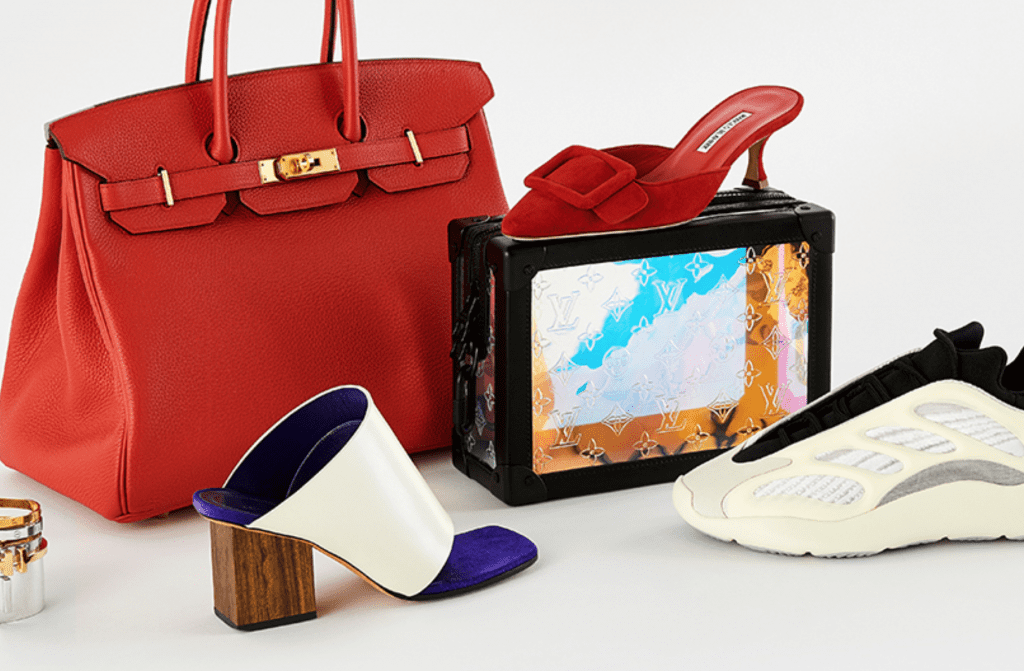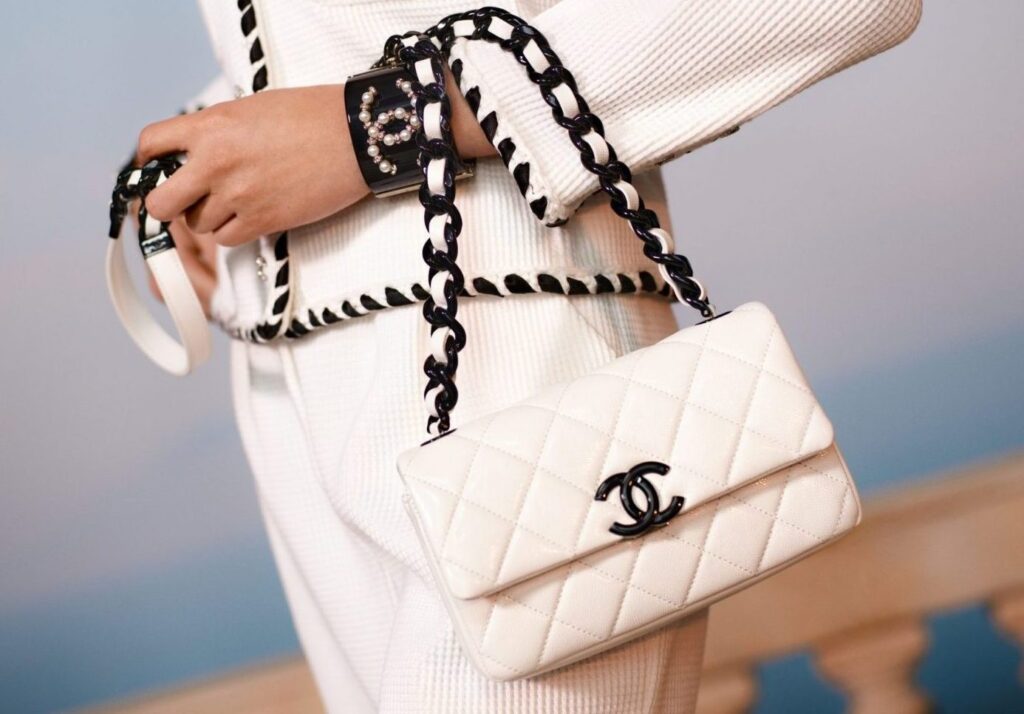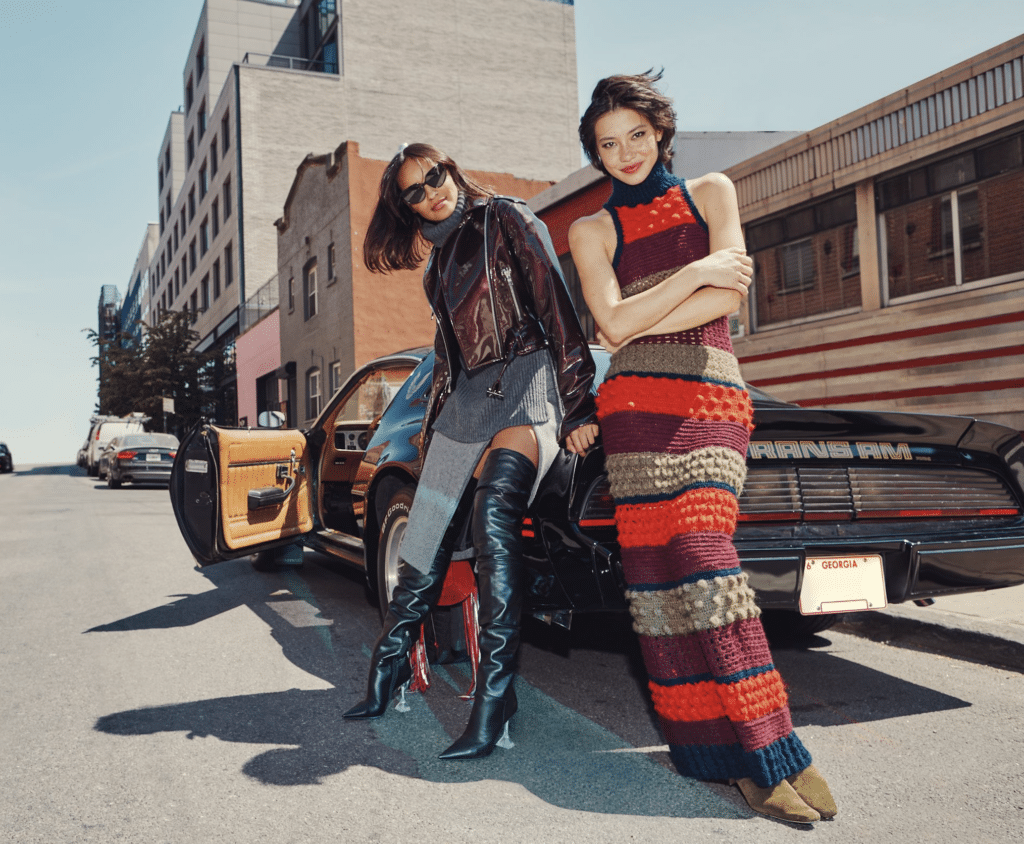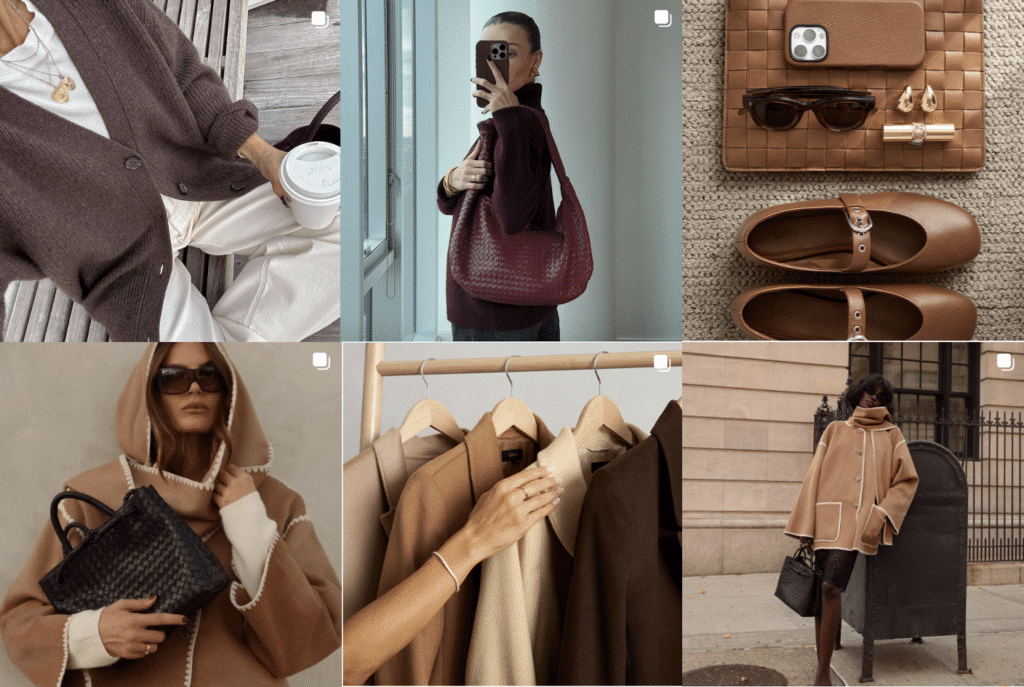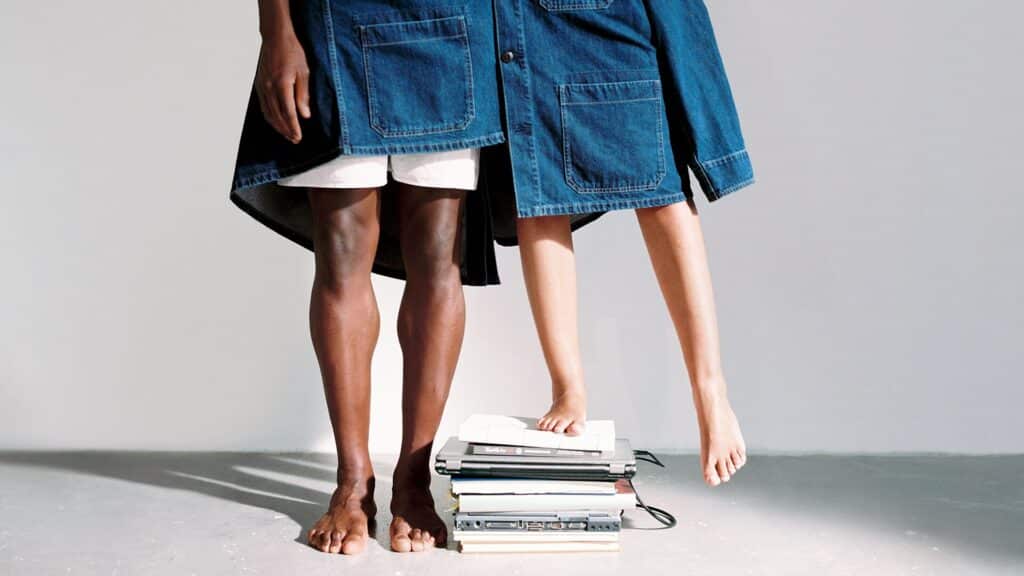When western fashion brands and retailers temporarily closed their brick-and-mortar outposts in early March in connection with the coronavirus, most thought that they would be re-open their doors again within a matter weeks. That has not happened … not even close. In fact, as shelter-in-place and non-essential business orders from local regulators and law enforcement remain in effect weeks after the initial “re-opening” dates, retailers are seeing seasonal inventory pile up en masse, as most consumers shun mon-essential goods, and prioritize entertainment-centric products – not fashion or luxury ones – when they do choose to indulge.
While most brands and retailers have refocused their efforts entirely on e-commerce and introduced sweeping sales in no small number of cases in order to move merchandise, by most accounts, online shopping is not making up for brands’ current zero-foot-traffic reality, which not only impacts brands from an immediate revenue standpoint but also plagues them with garments and accessories that are swiftly deteriorating in retail value.
“Much of the merchandise that was on the shelves and racks when stores first closed [due to COVID-19 concerns] is worth less than 50 percent of its original value and soon will drop to 10 percent of its original value,” retail expert Walter Loeb wrote for Forbes back on April 2. As stores continue to remain closed (and in certain cities, entirely boarded up to prevent looting), more merchandise will become “obsolete” from an initial point of retail perspective.
The result of the growing mound of unsold merchandise will be a field day for a select few: off-price retailers and resale entities. The T.J. Maxxes and Marshalls of the world and the growing number of digitally-native resale sites are being presented with what Credit Suisse analyst Michael Binetti has called “the greatest buying environment for off-price in a decade.”
With season-specific products in hand (paired with a pattern of brands quietly selling of wares into the gray market to boost their bottom lines, and growing legal treatment of and consumer discontentment with brands’ pattern of destroying certain types of luxury goods to avoid offering them at sale prices), brands and retailers are already looking to the likes of The RealReal to recoup some of their investments. The San Francisco-based luxury resale site revealed that for the first two weeks of April, it saw a spike in the number of brands seeking to join its B2B program. “Compared to an average two-week period before the coronavirus outbreak,” applications to join The RealReal’s business sellers program 10 times greater, with a representative for the company telling Glossy that “the majority of [these] brands are looking for alternative ways to sell product at a time when their stores are closed.”
For existing business sellers, The RealReal previously confirmed that it has seen “a 30 percent increase in supply from brands in the six weeks to April 14, compared with the same period a year earlier,” a spokeswoman said. In furtherance of the B2B program, The RealReal sells garments and accessories for approximately “80 percent of the full retail price, on average,” with the resale giant keeping between 50 and 80 percent of the sale, and the seller getting the rest.
Meanwhile, in a move that neatly coincides with the inevitable influx of unsold wares that will hit the market by way of alternate channels, Alibaba announced the launch of its own off-price venture this week. Called Luxury Soho, the Chinese largest e-commerce titan’s new platform, which will work in conjunction with its ever-growing Luxury Pavillion site, provides “various solutions for different scenarios,” Weixiong Hu, Vice President of Alibaba Group and General Manager of its TMall fashion division, said this week. This includes “maximizing the life cycle of luxury products,” while enabling brands to “protect their premium image on [Alibaba’s] Luxury Pavilion.”
The new platform will also presumably allow Alibaba’s long list of luxury partners – which range from high fashion brands like Bottega Veneta, Valentino and Versace to skincare and beauty offerings from the likes of La Mer, Chanel, and Givenchy, among others – to off-load unsold products in the Asian market.
Many luxury brands are traditionally hesitant to openly sell off goods via significant discounts (and in fact, have fought with department stores and other third-party stockists for years on this very point, which has prompted many to essentially revert to a direct-to-consumer model that includes almost exclusively selling at least certain types of products (i.e., non-licensed goods) by way of self-owned and operated channels). However, the luxury market is not immune to the talk of discounting in the wake of the global health pandemic, particularly as their revenues take a marked beating, with the effects of closed stores and diminishing consumer confidence in the market only expected to worsen in the second quarter of the year.
In an investor call on the heels of releasing its first quarter revenue report, Kering – the parent to Gucci, Balenciaga, Bottega Veneta, and Saint Laurent, among others – revealed that it will enact “some discount activities” to improve sell- through for its inventory, in addition to extending the shelf-life for its brands’ Spring/Summer 2020 garments and accessories. Other, similarly-situated brands that want to sell off seasonal products, and that do not want to incur the expense of packing and storing goods to sell off at a later date, are expected to follow suit.







